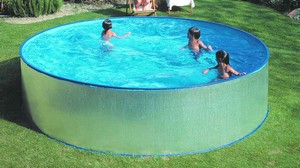to heat it you need air: composting
if you lock in a sheet there will be no more air: it will no longer be composting but anaerobic digestion and it will no longer heat
worse if it methanizes and there is nothing to capture the methane it will be a stupid source of greenhouse gases
Fortunately, when there is a lack of air to heat like compost there is still too much air for a good methanization: it makes a failed methanization which only makes CO2
the need to ventilate is a big problem: if you ventilate too much you disperse the heat ... if you do not ventilate enough it no longer produces heat: which does not mean that it is cold, but something hot only if you don't take the heat is useless
that the core of a manure pile is always warm does not prove that it is a good source of heat: the power of a heat source depends on the amount of heat that can be taken
I prefer real methanization: it makes gas that we can store and transport without loss to burn it by making a high temperature exactly where we want ... or even do better than heat
a pool sheet directly in contact with the compost will be destroyed by rust in a few years
the same sheet can be used as a methanisation tank provided that the interior is sealed with a plastic film
we now find 0,4mm thick black polyethylene film intended for sanitation sand filters, which is better than the 0,2mm film that I used before
http://www.bricodepot.fr/angouleme-cham ... prod13629/



